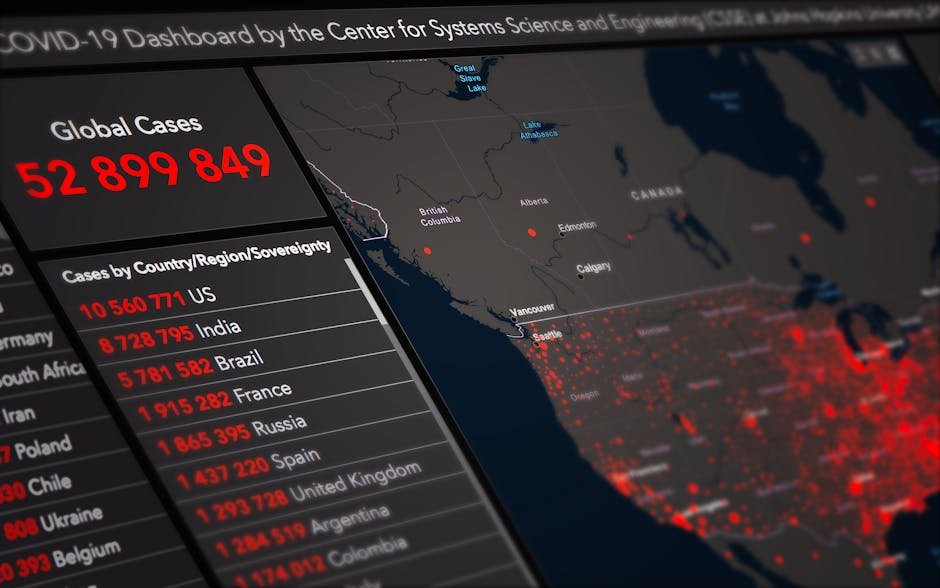Six Gulf Nations to Launch Unified Tourist Visa System in 2025
A groundbreaking initiative is underway in the Gulf Cooperation Council (GCC), with six member states planning to launch a unified tourist visa system by the end of 2025. This Schengen-style agreement, mirroring the European Union’s free movement system, promises to significantly boost tourism across the region. The move marks a pivotal moment in the GCC’s strategy to diversify its economies and enhance its global appeal. Initial projections suggest a substantial increase in tourist arrivals and a corresponding surge in revenue for the participating nations.
Streamlined Travel for a Booming Tourist Sector
The unified visa system aims to simplify the travel process for tourists visiting any of the six GCC countries: Bahrain, Kuwait, Oman, Qatar, Saudi Arabia, and the United Arab Emirates. Currently, visitors require individual visas for each country, a complex and time-consuming process. The new system promises a single application, streamlining the process and potentially reducing processing times, encouraging more visitors to explore the diverse offerings of the region. This simplification is expected to significantly benefit the burgeoning tourism sector in the region.
Economic Projections and Infrastructure
Economists predict a substantial increase in tourist revenue following the launch of the unified visa system. The ease of travel is expected to attract a wider range of tourists, from budget travelers to high-spending luxury tourists. The GCC nations have already invested heavily in infrastructure improvements – new airports, hotels, and tourist attractions – to cater to the anticipated increase in visitor numbers. This infrastructure investment alone signals a commitment to transforming the region into a global tourism hotspot. Further analysis will be necessary to determine the precise economic impact.
Challenges and Potential Roadblocks
While the initiative presents immense opportunities, several challenges remain. The differing immigration policies and security concerns of each nation will need to be harmonized. Data sharing and security protocols must be rigorously implemented to ensure the system remains robust and secure. Establishing a standardized application process and managing the expected surge in applications are also crucial aspects needing meticulous planning and effective execution. The successful implementation of this system hinges on resolving these logistical complexities.
Technological Infrastructure and Data Security
A key element of the unified visa system is the development of a sophisticated technological infrastructure. This requires a reliable and secure database system to process applications, manage visa issuance, and share information efficiently between the participating countries. Robust cybersecurity measures are essential to prevent data breaches and maintain the integrity of the system. Data breaches could undermine public trust, potentially jeopardizing the entire initiative. Therefore, significant investment in technological infrastructure and data security is paramount.
Impact on Regional Cooperation and Geopolitics
The unified visa system strengthens regional cooperation among the GCC states, demonstrating a collaborative approach to economic development. This collaborative effort underscores a shared vision for the region’s future, extending beyond individual national interests. The successful implementation of this initiative could set a precedent for future collaborative projects, enhancing regional integration and stability. In addition, this will likely attract further foreign investment into the region.
Long-Term Implications and Future Prospects
The long-term implications of this unified visa system are far-reaching. It may lead to increased cultural exchange and understanding between the GCC nations and the rest of the world. Improved connectivity and accessibility can foster economic diversification, creating new job opportunities and boosting the development of related industries. This initiative could also increase the visibility of the GCC on the global stage. The system’s effectiveness will be measured through various metrics, including tourist numbers and revenue generated.
Tourism Sector Specifics and Growth Predictions
- Projected Tourist Arrivals (2025): A 25-35% increase across all six GCC nations is predicted compared to 2024, indicating a substantial boost in tourism.
- Revenue Projections (2025): Estimates suggest a 20-30% increase in tourism-related revenue compared to previous years. However, these figures are subject to fluctuating global economic conditions.
- Key Infrastructure Developments: Significant expansions are underway at airports like Dubai International and King Abdulaziz International Airport in Jeddah, with significant new hotel construction underway in multiple GCC cities.
- Marketing and Promotion: A concerted marketing campaign is expected to be launched, aimed at a global audience, to highlight the unified visa system and the diverse attractions of the GCC countries.
The success of this unified visa system will depend on many factors, from the smooth operation of the centralized application process to the ability of participating nations to maintain high standards of security and hospitality. The long-term effects on the region’s economy and international standing will be profound.
Conclusion: A Bold Step Towards Regional Integration
The launch of the unified tourist visa system marks a bold step towards regional integration and economic diversification within the GCC. While challenges remain, the potential benefits are significant. The success of this initiative will be closely watched not only within the region, but also by the global tourism industry, serving as a model for other regions seeking to enhance their appeal to international travelers. Future updates will be provided as the program progresses and additional data becomes available. The long-term impact is expected to be positive, fundamentally transforming the region’s economic landscape.







